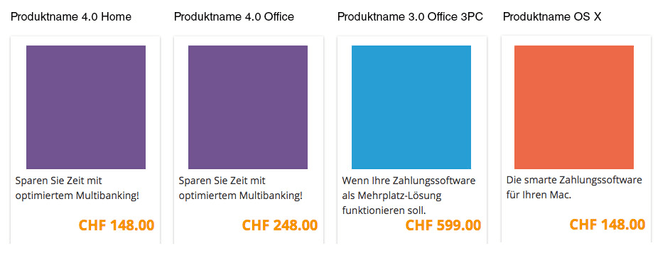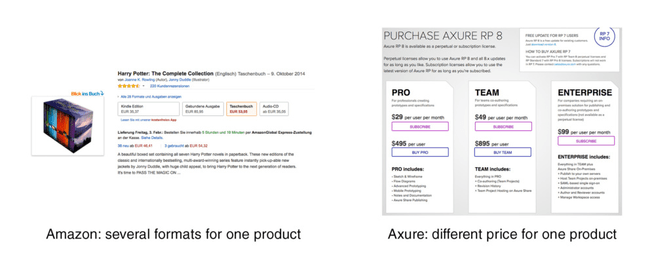How can we make an online shop that stands out better than overflowing competitors? Indeed online experience is offering useful information such as a comparison among several products with reviews. Researching became a typical behaviour for customers before making a decision. And there are even more interactions than only selling products on online shops.
In this article, I will describe the key practices how to capture customers needs in E-commerce by understanding them.
Who are the users?
This is always the first question that applies to every online shop we work on. The most common failure is, that product development teams focus hard on selling products without understanding what end users really want. From the beginning till the end, the project team should always keep in mind whom they are selling to and what the customers will do on the online platform. In E-commerce, the primary questions to the target group are ethnographic and demographic questions.
Ethnographic questions lead to understanding a person's ethnicity and cultural background whereas demographic questions lead to their lifestyle and social background. Understanding the user is an important step to reach the right target audience.
Questions should cover below topics:
- Age
- Cultural background
- Education
- Marital Status
- Employment Status
- Technology friendliness
Once the information about the target groups is gathered, it is ready to create personas which are agreed among project team members and stakeholders. Personas help, to make target groups more comprehensible and give people a feeling for them. Although stakeholders might be quite often in contact with their clients, they might experience them in different situations and therefore see different aspects of them. For creating a successful online shop, it is elementary, that all stakeholders have the same understanding of the target group and that's why you should create personas.
E-Commerce is more than just selling a product!
Buying a product is not the only activity a user is doing in an online shop, there can be more. When it comes to technical products, such as software, other activities can be involved besides payment. Customers may want to watch tutorials or do a request for consultation before making a purchase. Prioritizing the key motivation of users help to focus on deliverables to create a great User Experience that enhances customer loyalty.
How can we help users to find products better?
Just like walking into a store, displaying offerings is critical to capture customers. Imagina a store, where products are not grouped and customers find themselves in front of a wall with thousand of products. They would get lost and walk away.
Customers may know or don't know the right product. An easy navigation allows users to find their desired products flexible and efficient. Depending on customer's purchase behavior, the navigation tool should be designed accordingly. For example, if the customer already knows the product, they can simply type in search field. For those who don't know what they are looking for, a product finder is the better solution.
Below images are good examples showing category menu, search and product finders.

Especially when it comes to products with different versions, it's crucial to help user understanding the differences. One product can have many variations, just like a software with an option between Mac and Windows.
Variations can be the pricing model in software or the product format. Below, customers can see that there are different versions, but it's hard to understand at a glance what the differences are.
And what happens when it is hard to buy a product or taking londg time? The user will most likely move on to another shop, which offers an easy purchase experience.

Different product versions
Optimising product display helps customers to understand clear difference between offerings, hence it will lead to successful conversions.

Understanding customers to perform
Customers are not willing to search too long for their needed information. In most cases, there is more than one provider available, so why should they struggle with an online shop not satisfying their needs?
Understanding customers helps to capture their needs. E-Commerce project teams must keep customers in mind from the beginning to the end. Creating personas based on consensus with stakeholders helps to focus and will guide to targeted customers and to achieve key business goals. We must eliminate frustrations by providing effective navigation tools and optimised products display. Therefore great User Experience will lead to gain more customer loyalty.

